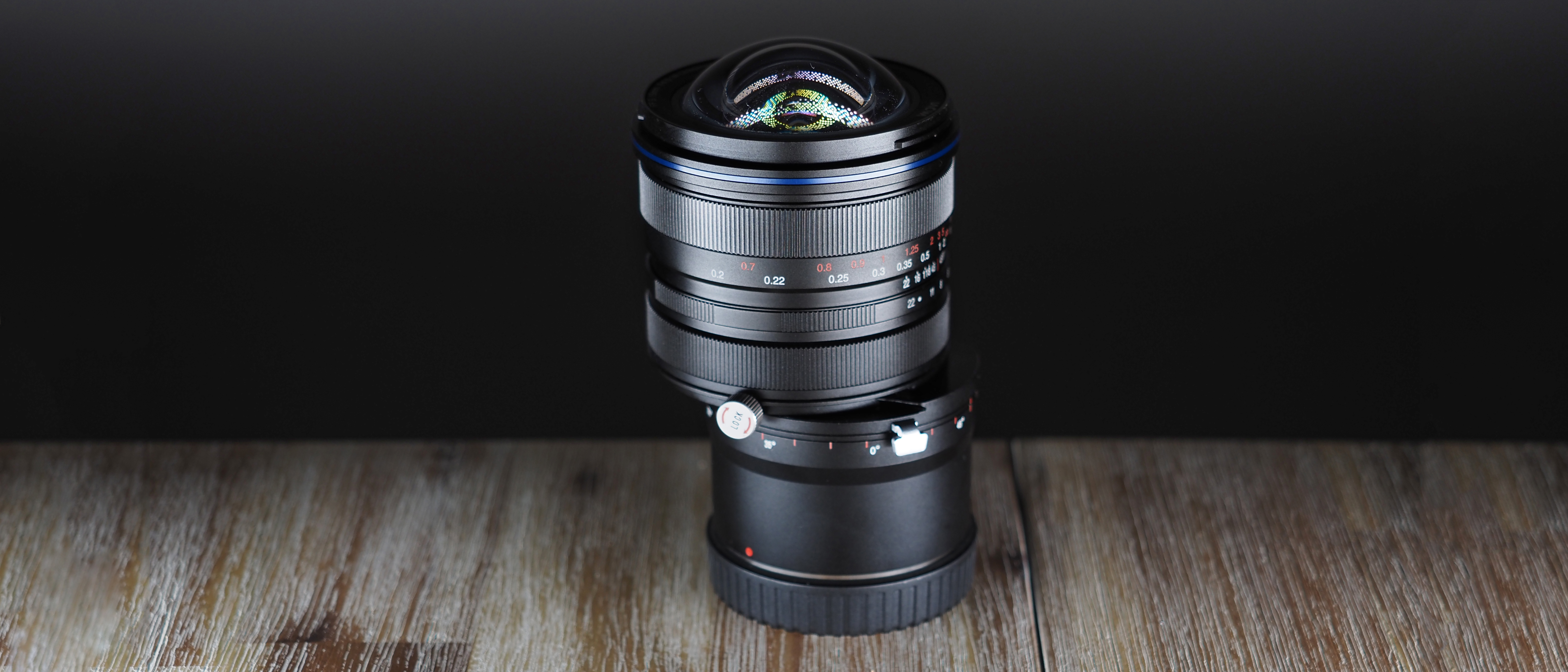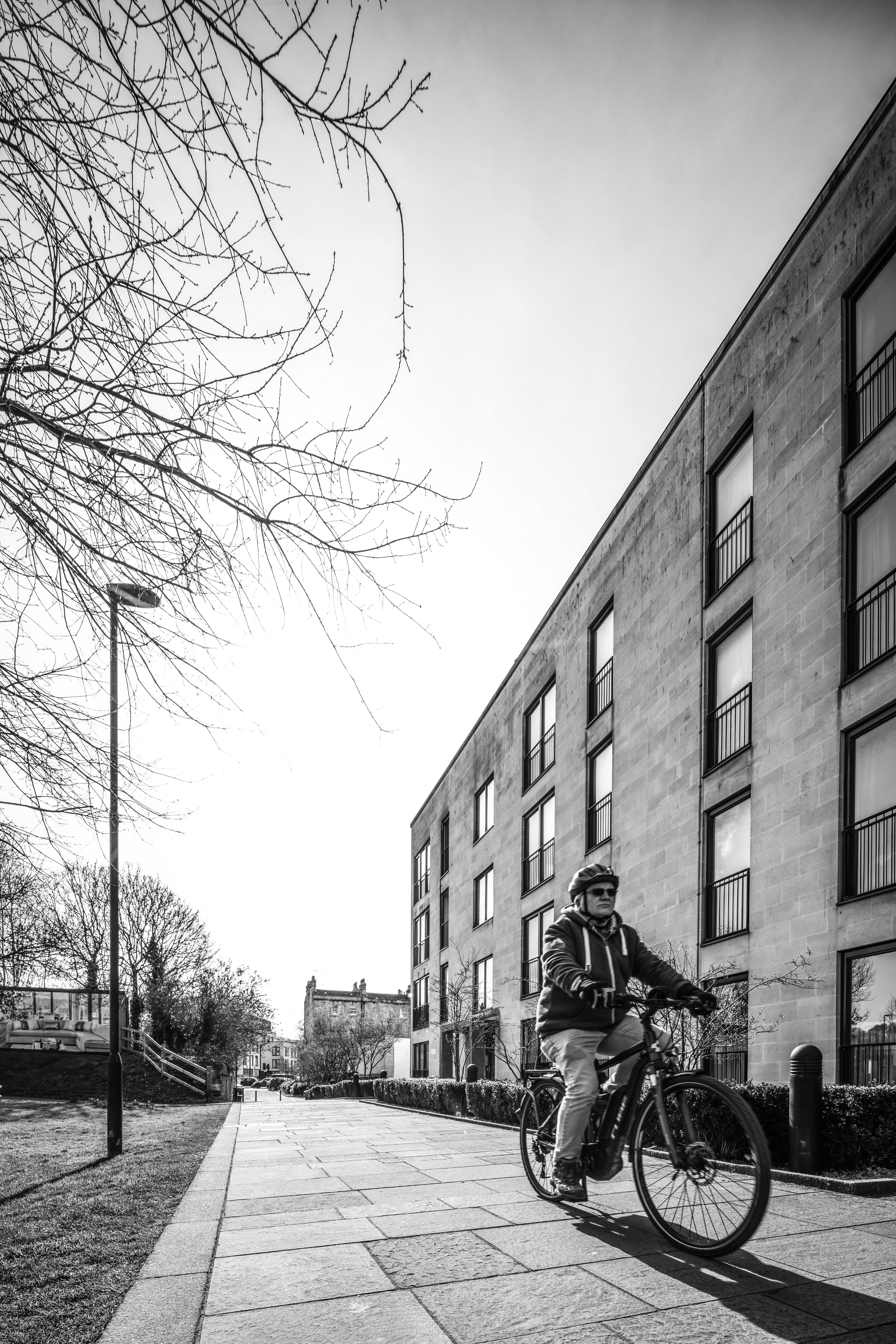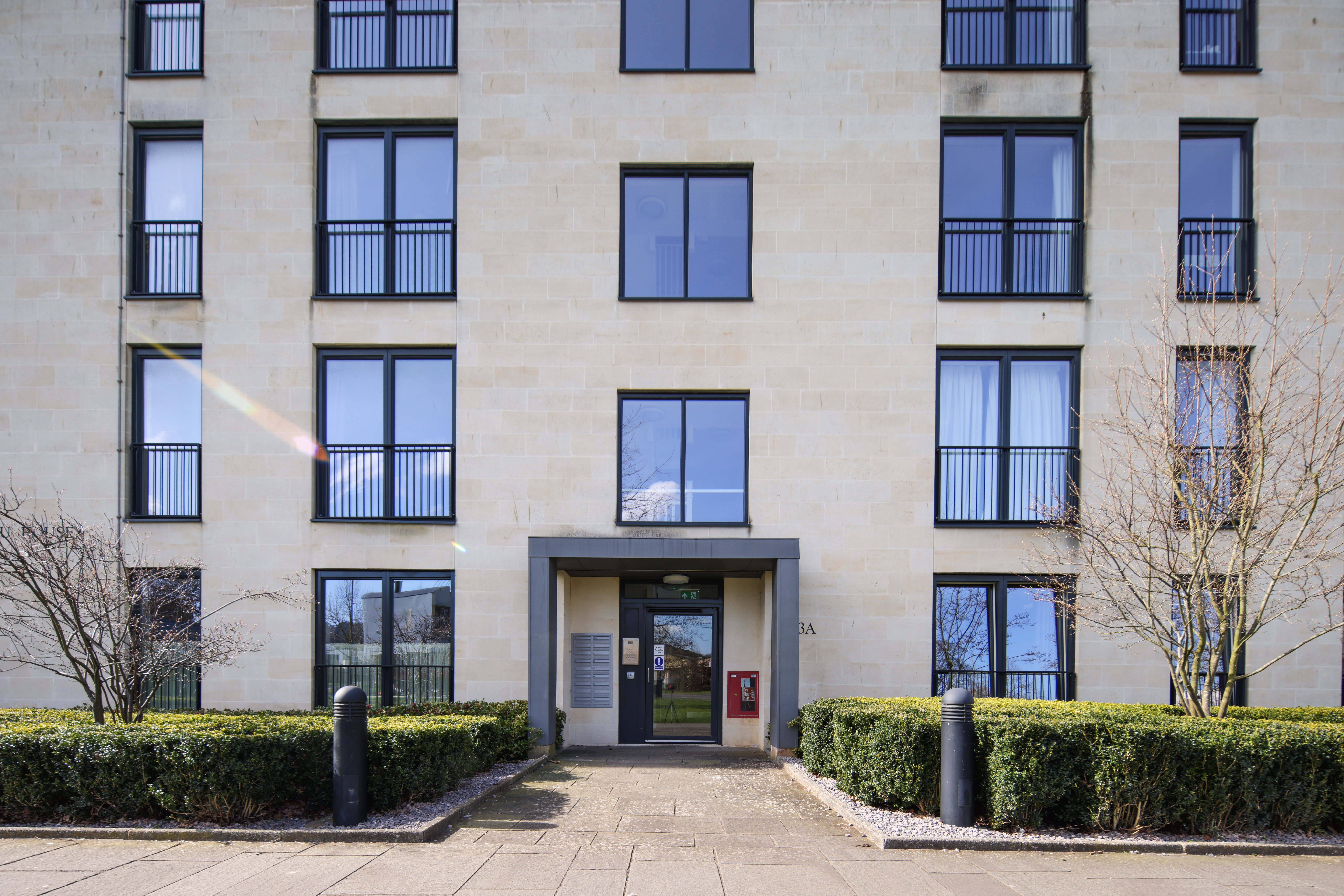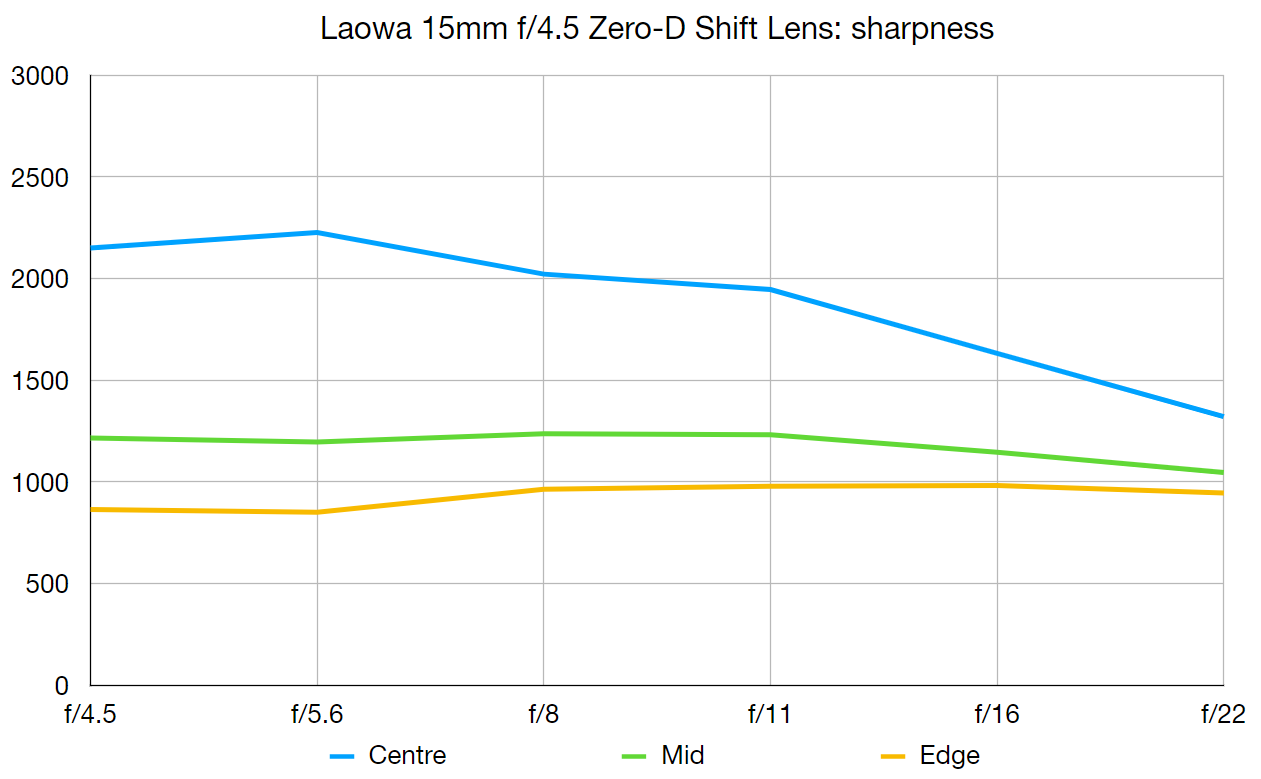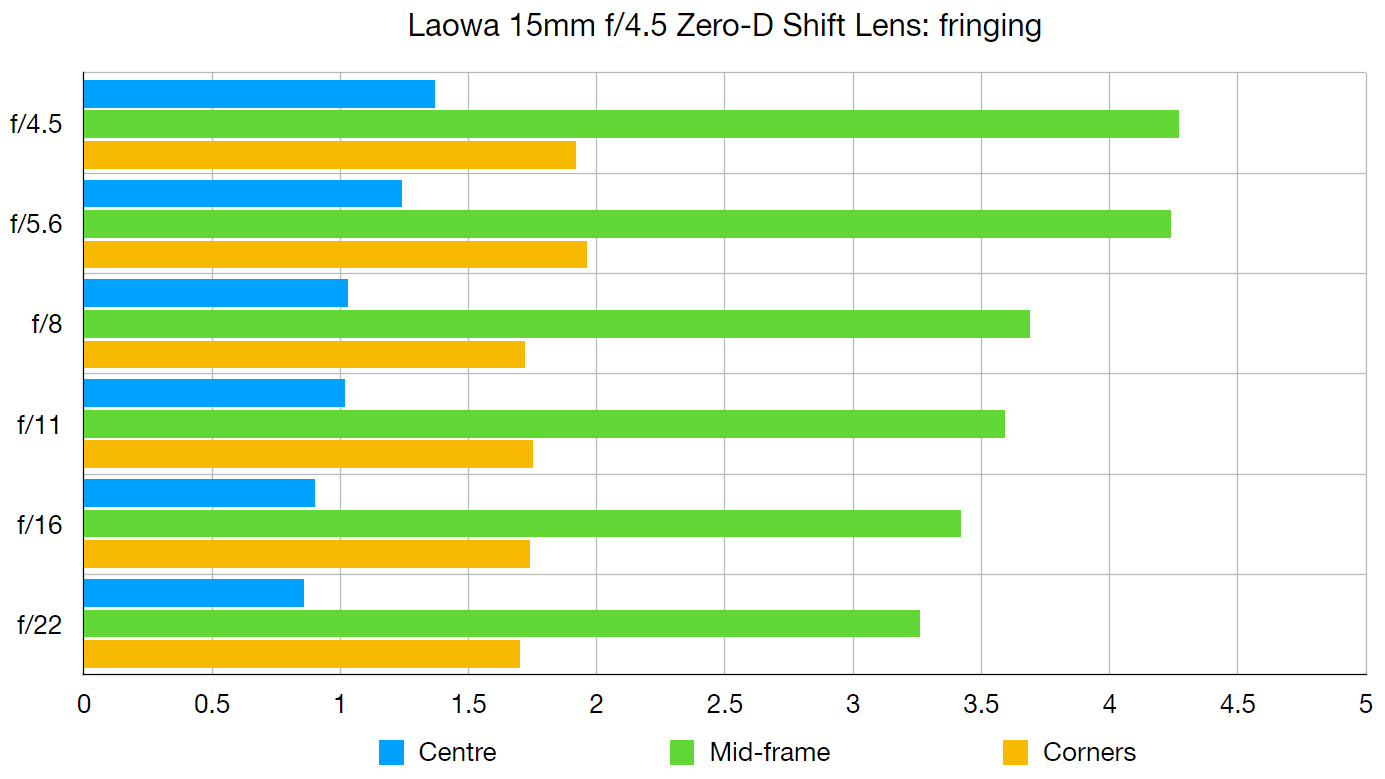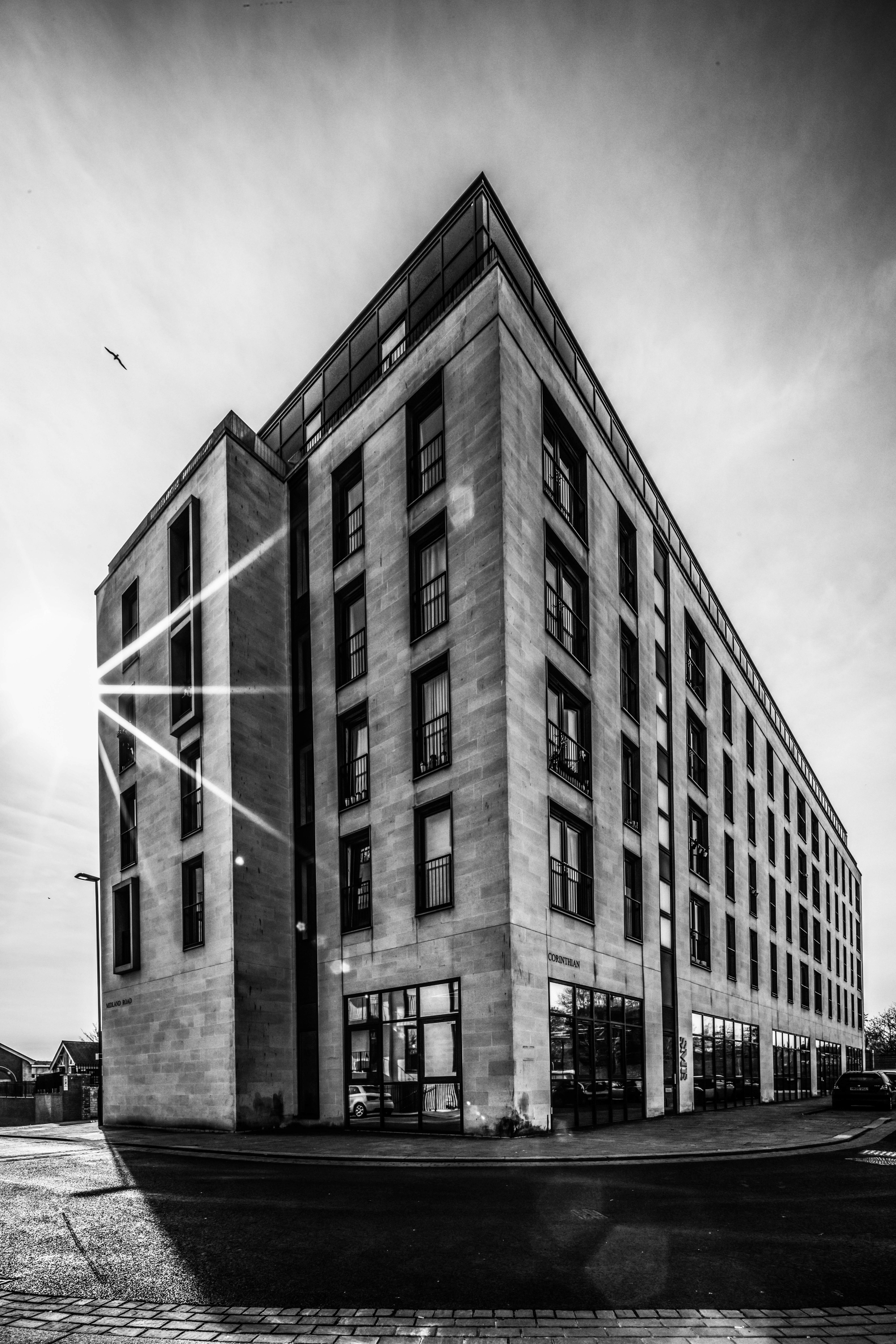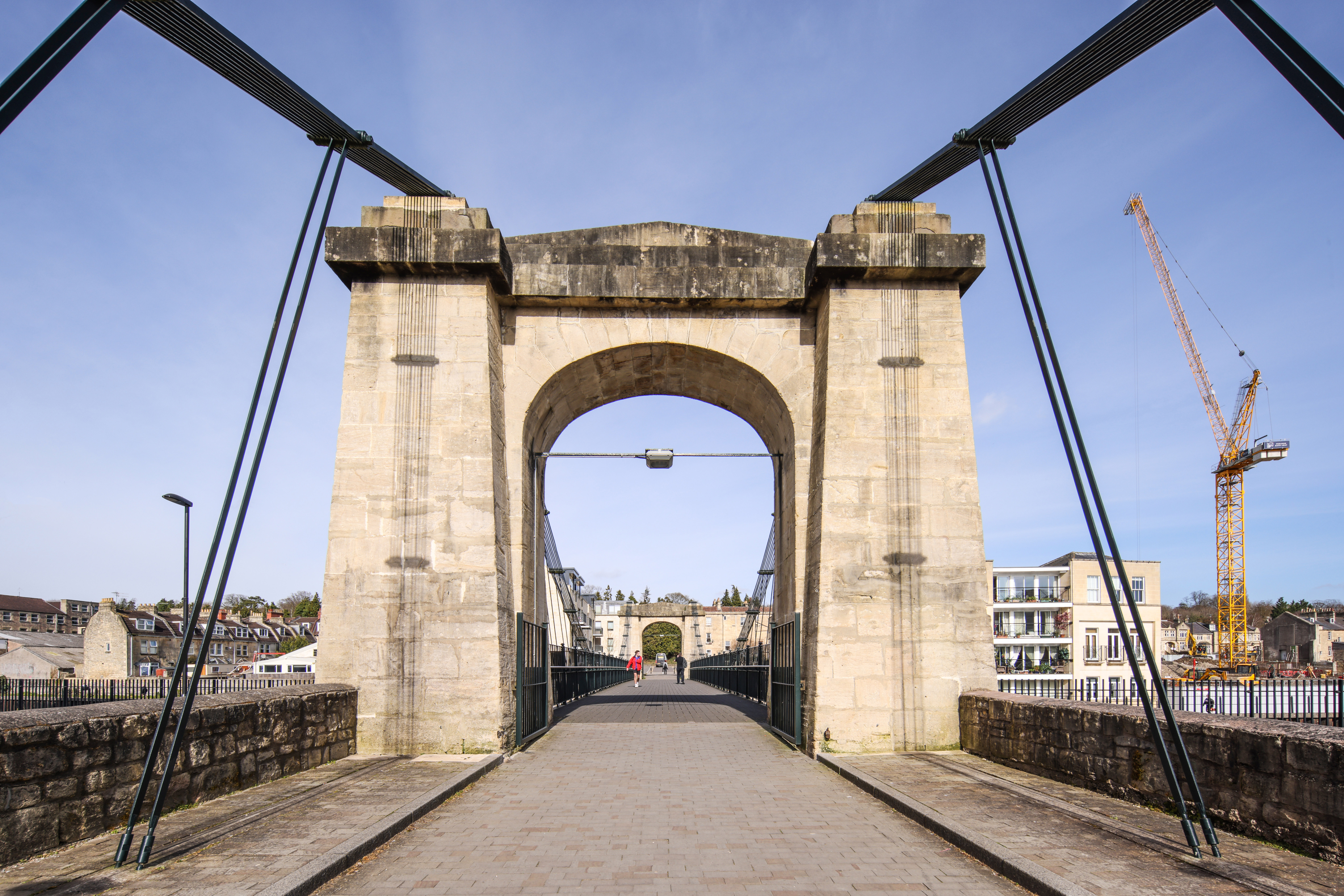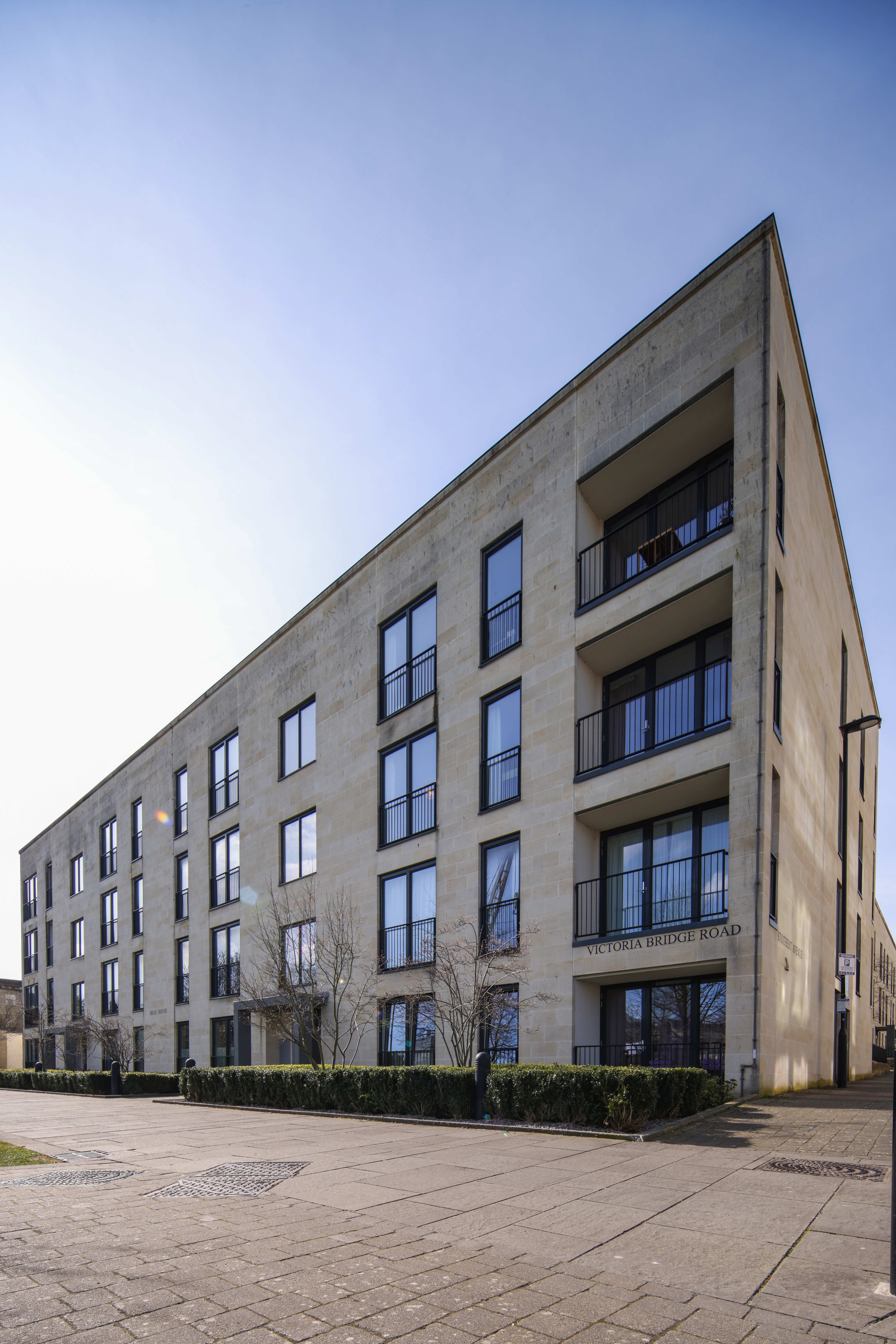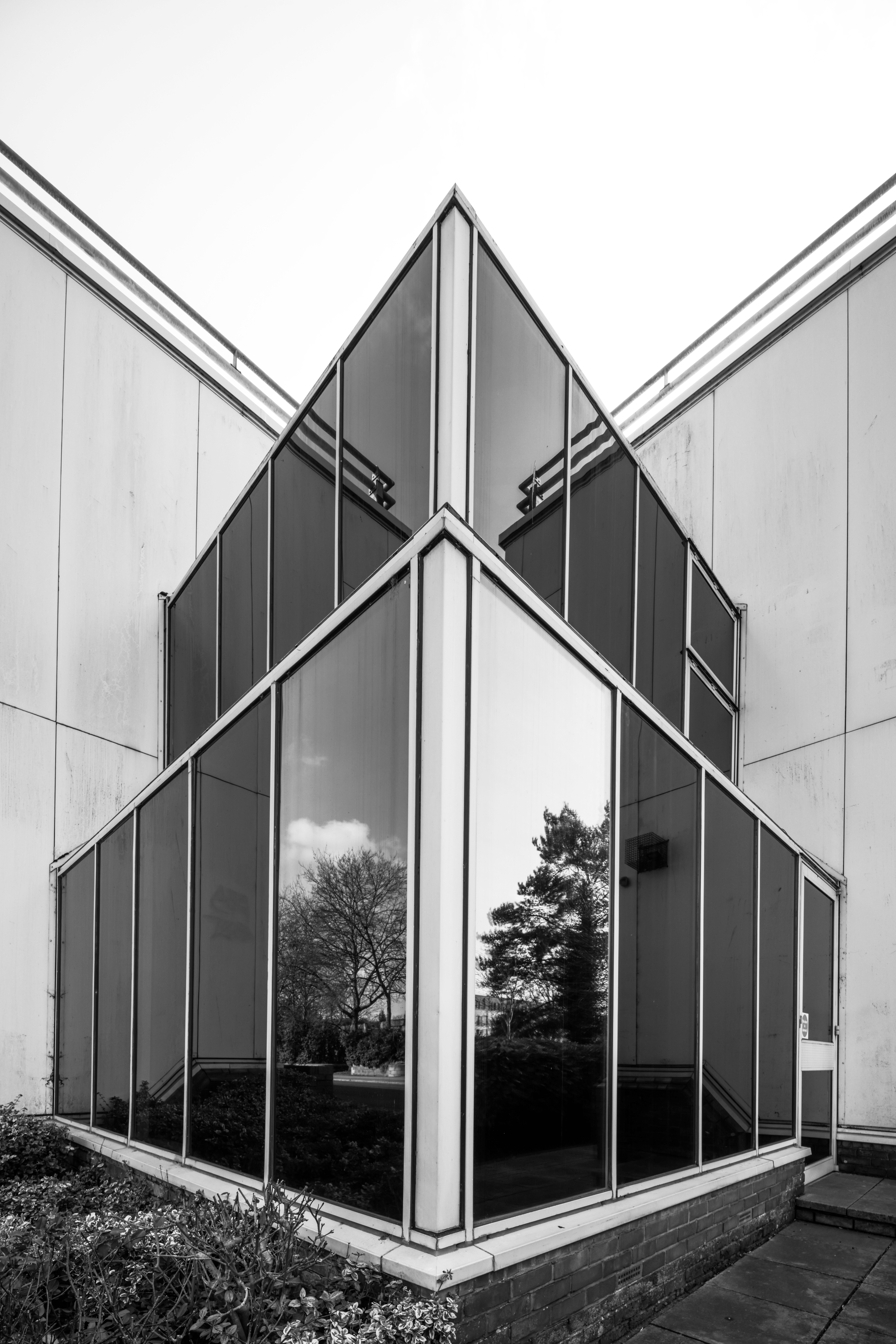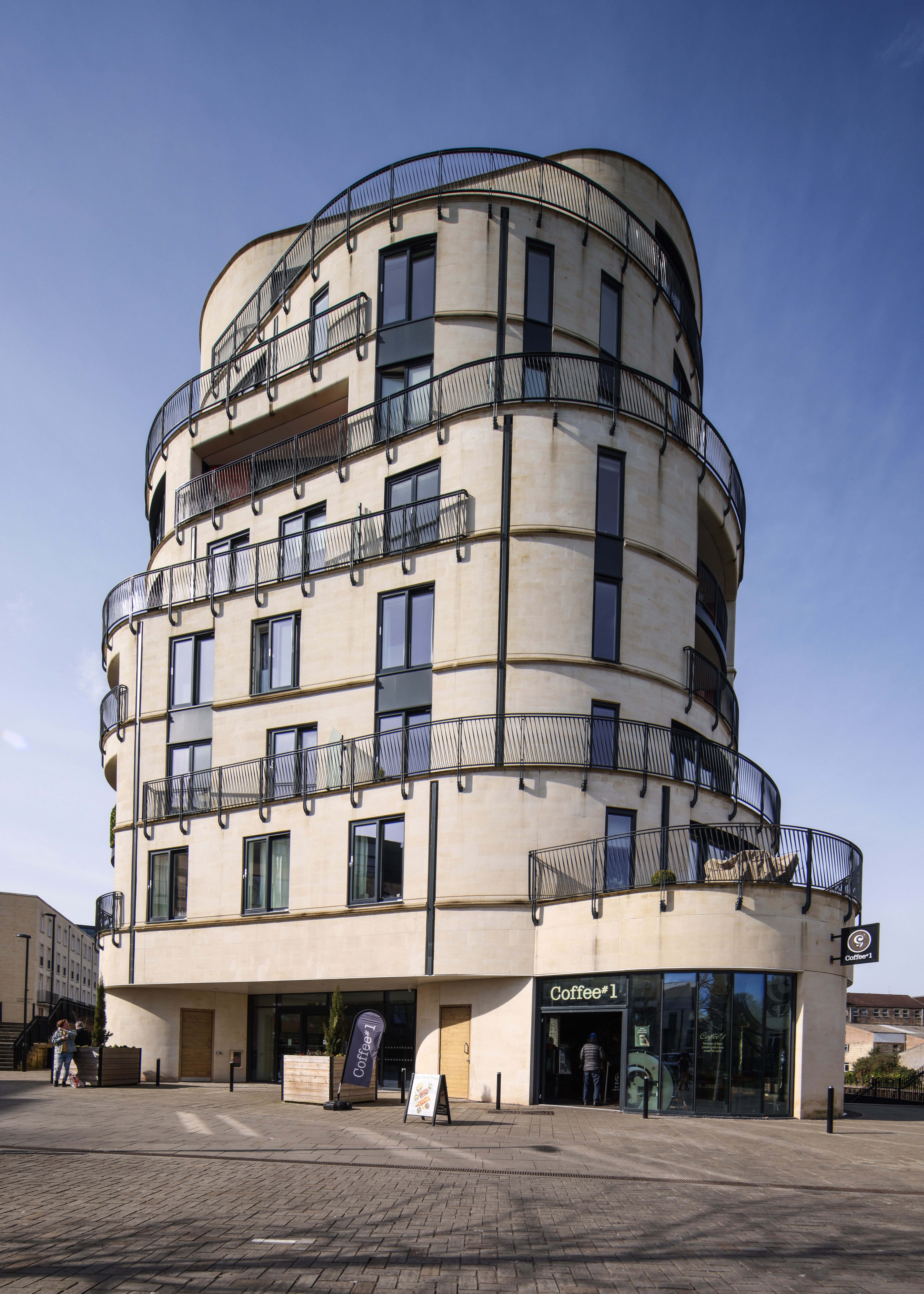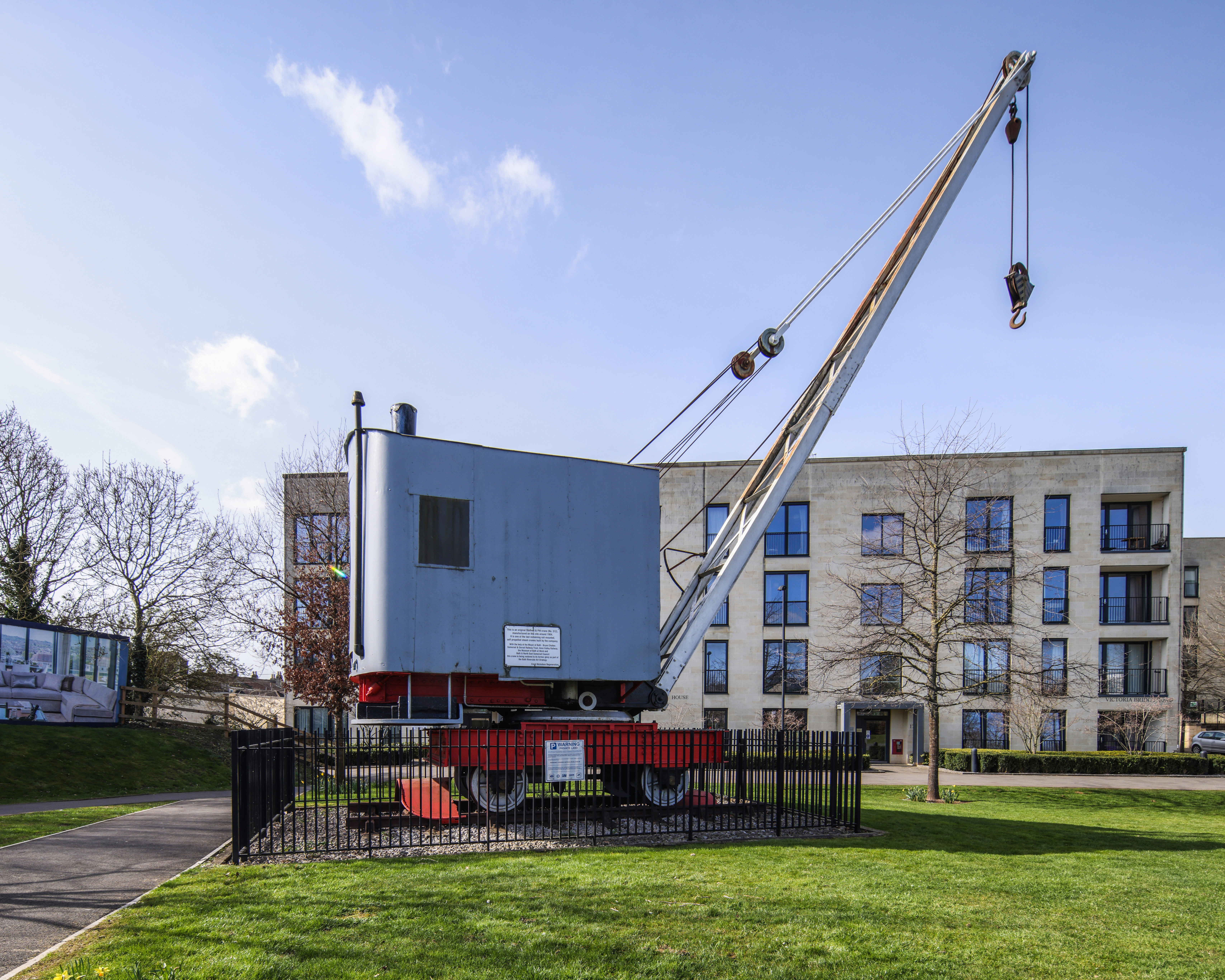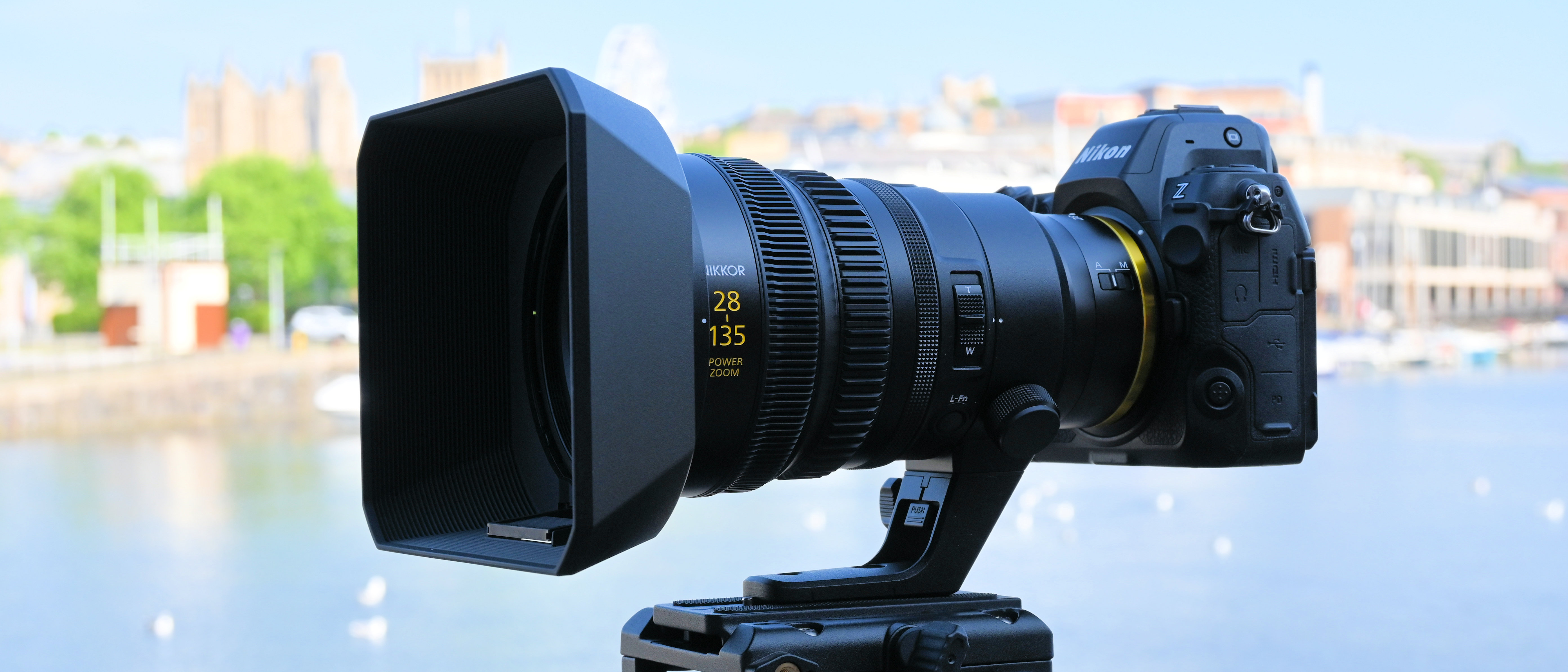Digital Camera World Verdict
The Laowa 15mm f/4.5 Zero-D Shift offers comparable perspective correction and a superior wide-angle perspective to tilt lenses that cost nearly twice as much. Though it lacks weather sealing and electrical contacts, it handles superbly and offers a native option for mirrorless shooters. Canon and Nikon's tilt-shift options offer better sharpness, but not a thousand bucks better. This lens delivers professional, distortion-free results and is worthy of an architectural or indoor photographer's toolkit.
Pros
- +
+/- 11mm of shift
- +
360° rotation
- +
Great distortion control
- +
Medium format-friendly
Cons
- -
No tilt function
- -
Fully manual
- -
Not weather sealed
- -
No (external) filters
Why you can trust Digital Camera World
Already one of our favorite manufacturers, the Laowa 15mm f/4.5 Zero-D Shift only adds to Venus Optics' standing as a producer of exotic, esoteric and excellent lenses.
On paper, what the Laowa 15mm f/4.5 Zero-D Shift offers is quite extraordinary: it's the world's widest full-frame shift lens, offering ±11mm of shift. However, so large is the image circle that this lens can also be used on medium format cameras, delivering up to ±8mm shift on bodies like the Fujifilm GFX 100S and Hasselblad X1D II 50C.
While these properties make it an excellent option for genres like architectural and interior photography, though, unlike the best tilt-shift lenses the Laowa 15mm only shifts – it isn't able to tilt.
It's also a a fully manual optic, with no electrical connections or EXIF data, and there's no weather sealing – but then, it's also just a fraction of the price of traditional (and traditionally expensive) tilt-shift lenses. So how does it fare, and do these limitations truly hamper its performance?
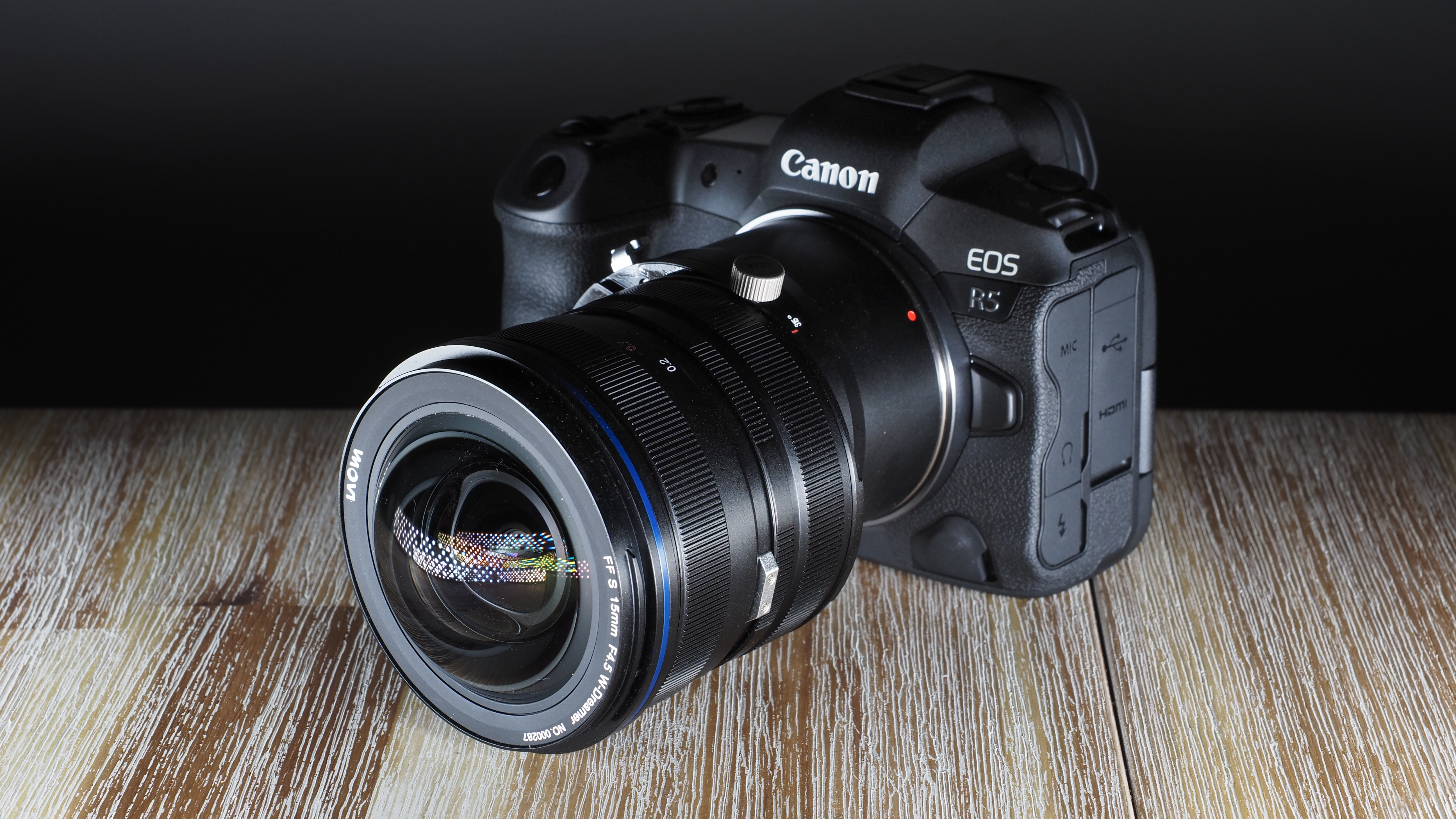
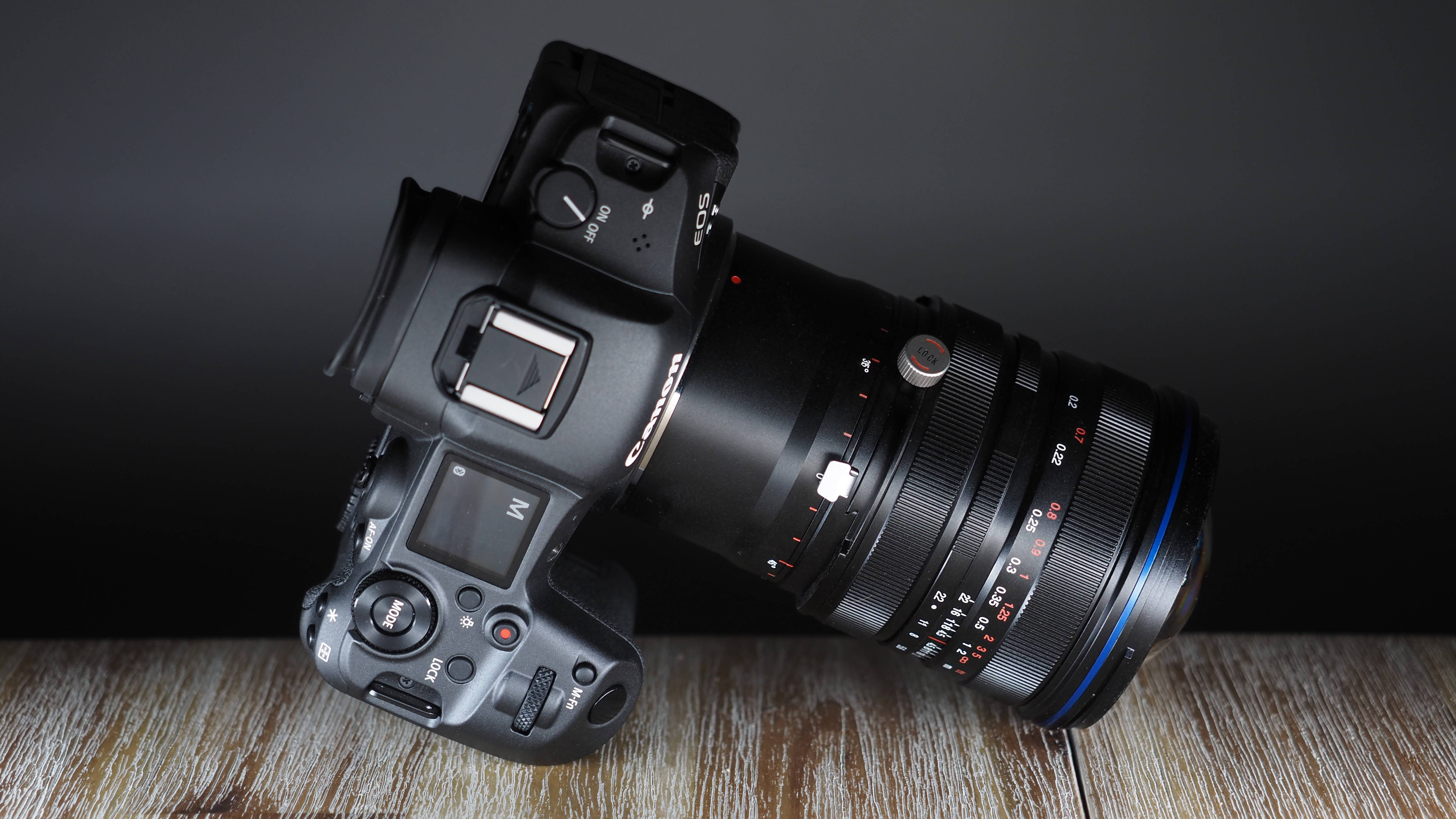
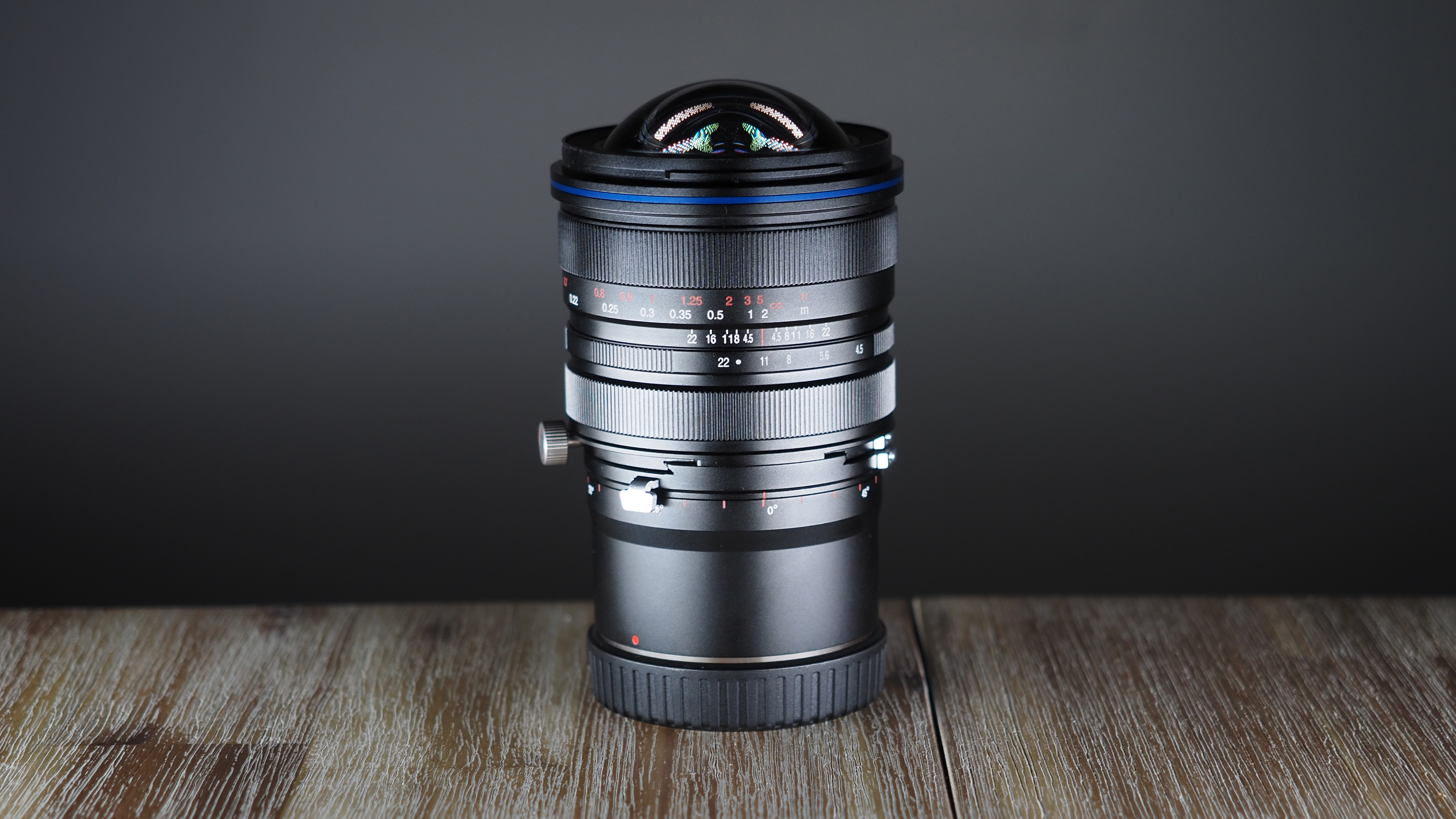
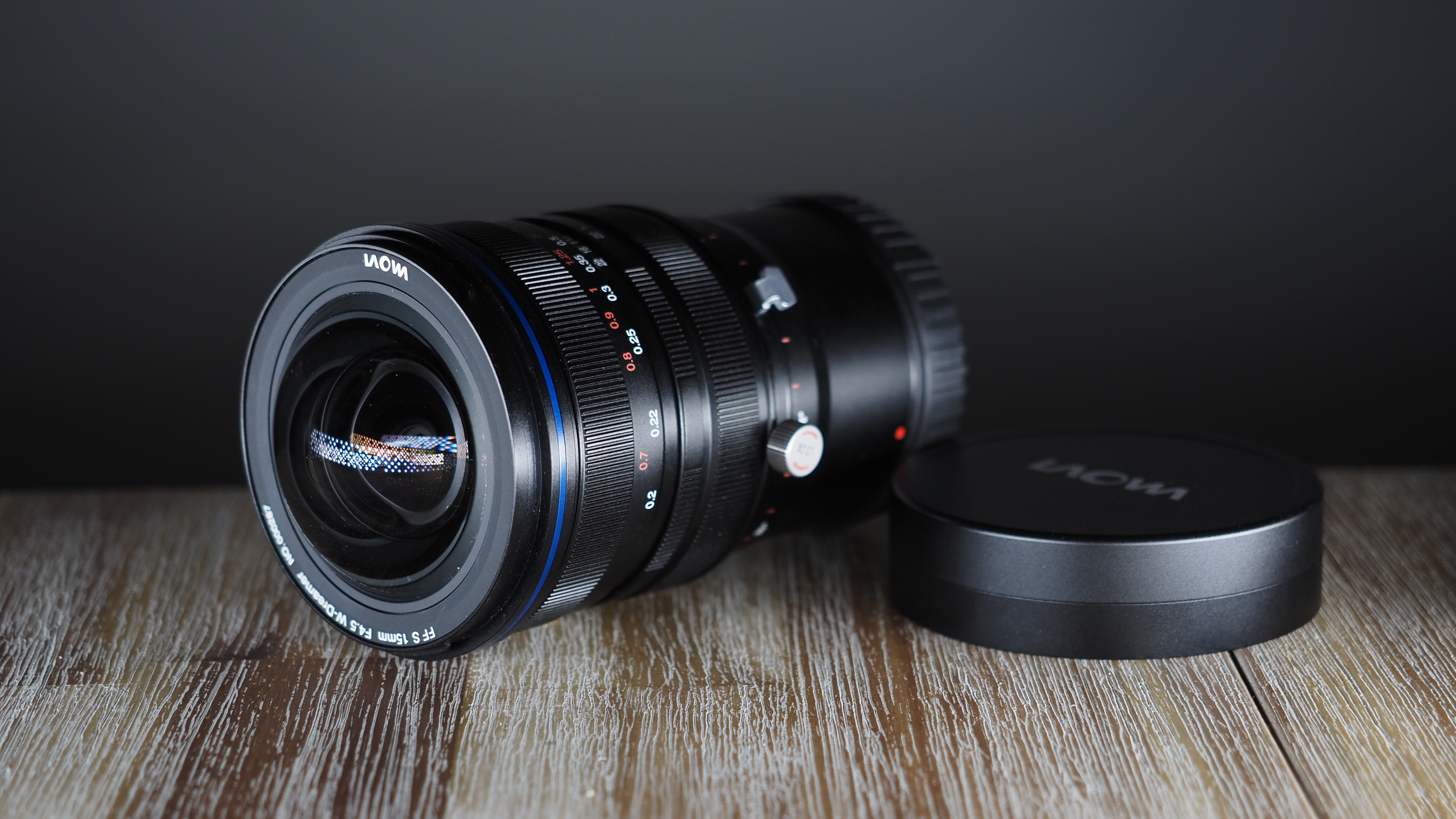
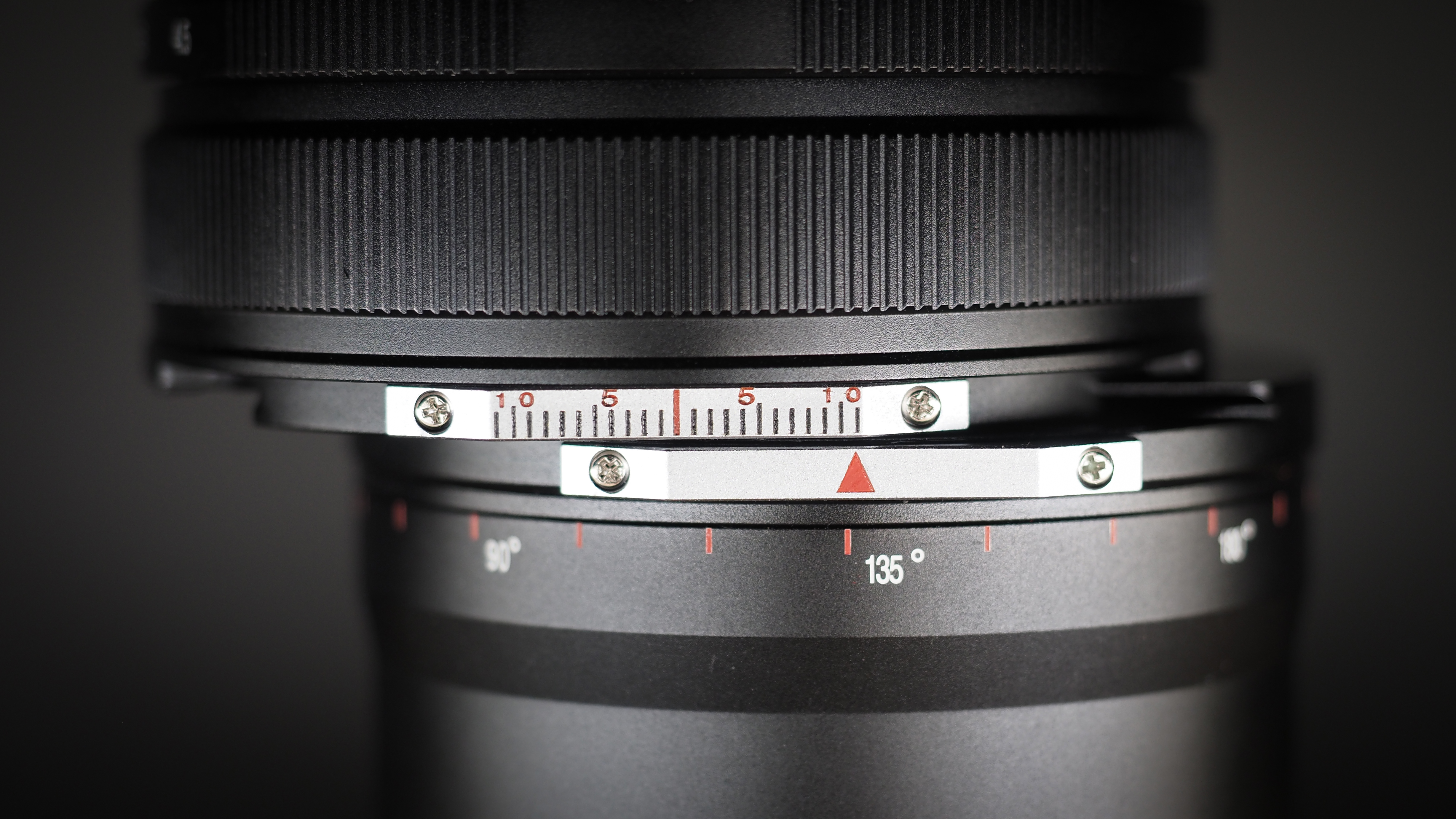
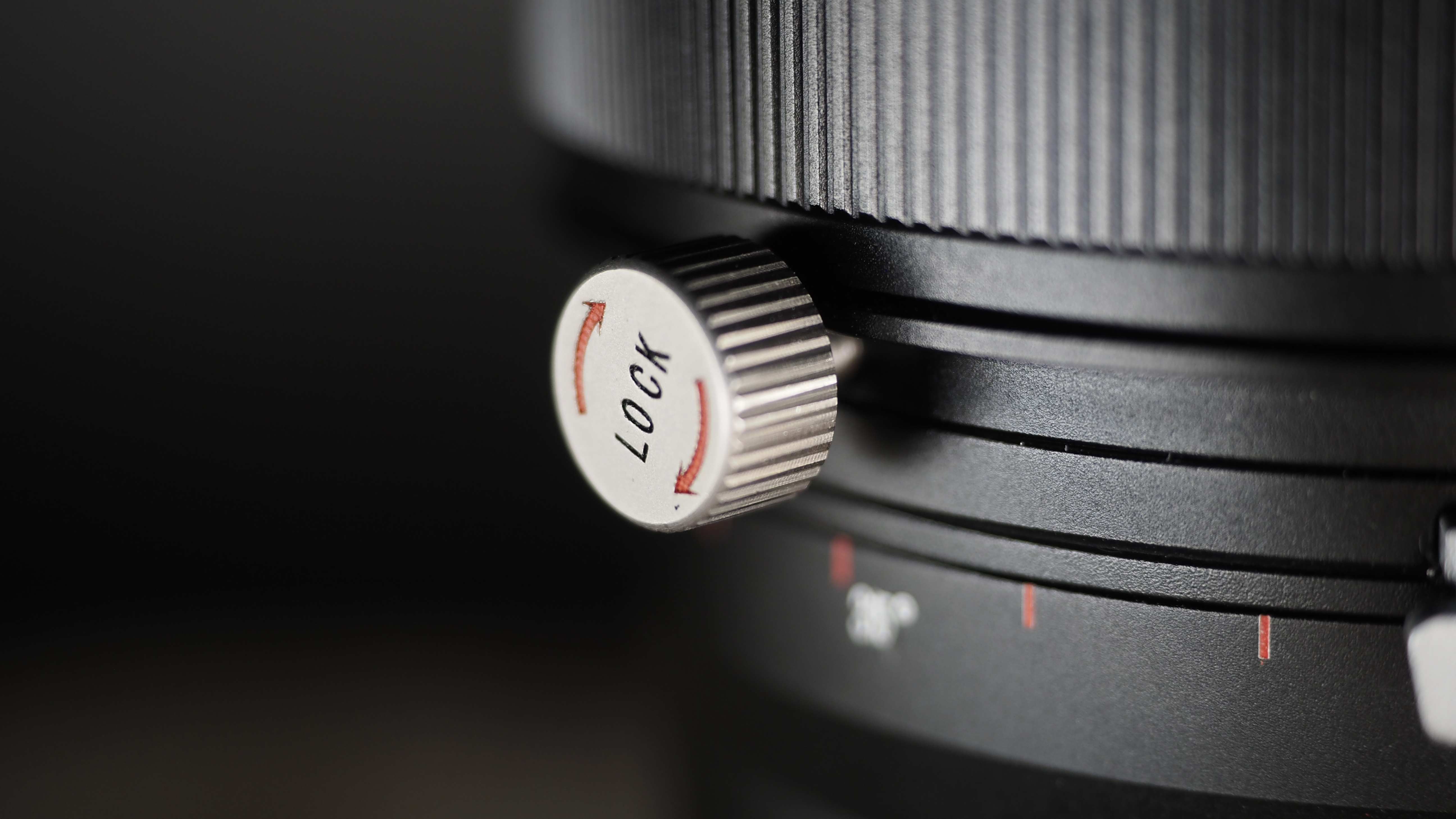
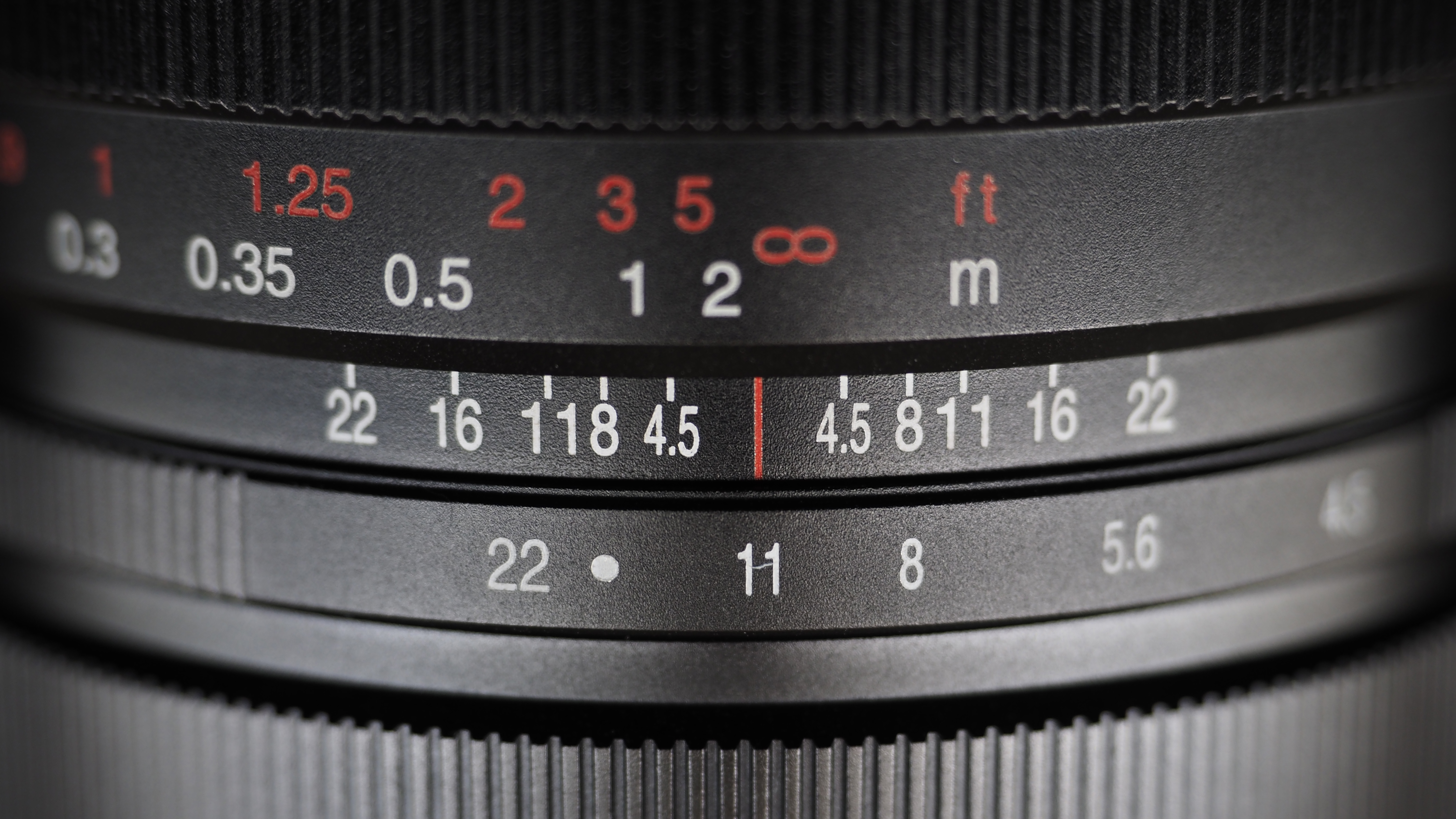
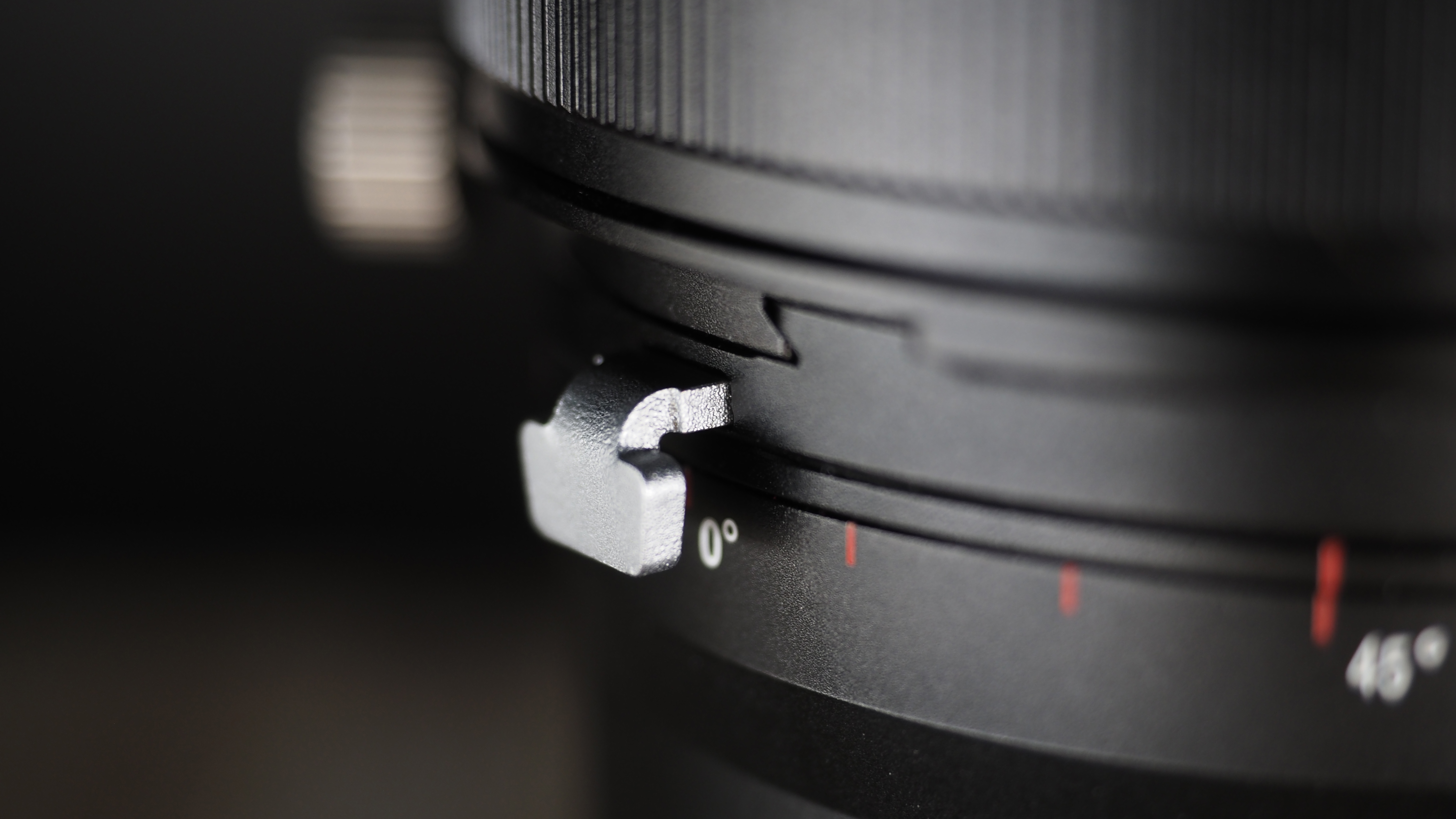
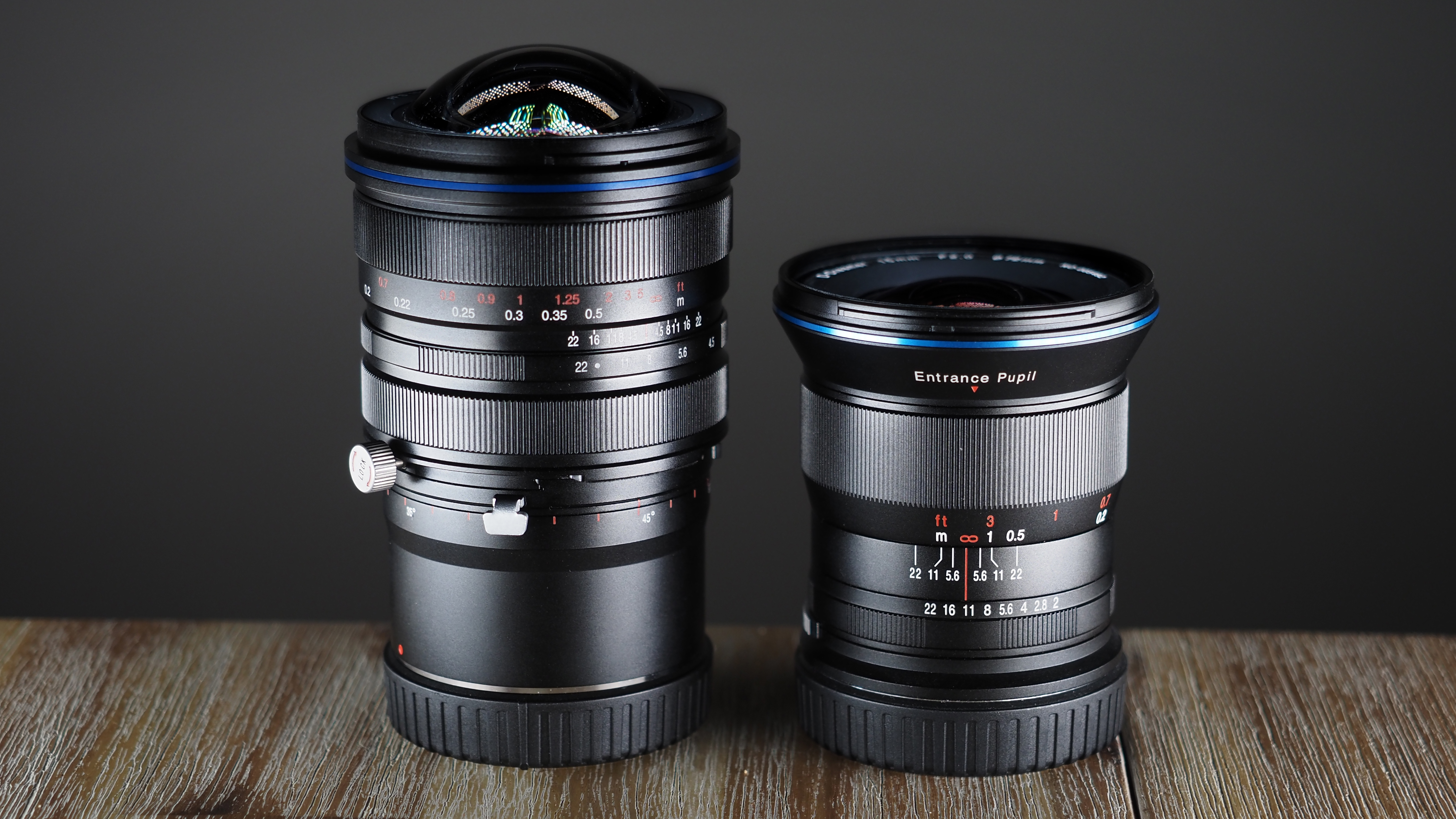
Laowa 15mm f/4.5 Zero-D Shift specs
Mount: Canon RF, Canon EF, Nikon Z, Nikon F, Sony FE, L mount, Pentax K
Full frame: Yes
Autofocus: No
Image stabilization: No
Lens construction: 17 elements in 11 groups
Angle of view: 110°
Diaphragm blades: 5
Minimum focusing distance: 0.2m
Maximum magnification ratio: N/A
Filter size: N/A
Dimensions: 79 x 103mm
Weight: 597g
Laowa 15mm f/4.5 Zero-D Shift key features
The Laowa 15mm Shift lens has a 110° angle of view, and produces an enormous image circle with a 65mm diameter. This enables it to be used on medium format cameras as well as full-frame bodies, with the maximum possible vertical shift for the former being ±8mm and ±11mm for the latter.
In addition to being the world's widest full-frame shift lens, it is also currently the world’s widest lens covering a medium format GFX / Hasselblad sensor. In short, it's a formidable option for shooting architecture and interiors on medium format.
The best camera deals, reviews, product advice, and unmissable photography news, direct to your inbox!
As part of Laowa's Zero-D ("zero distortion") line, optical distortion is incredibly well controlled – something that's essential for this lens' intended purpose. That's made possible by a complex optical formula featuring 17 elements (2 of which are aspherical) in 11 groups.
With 5 aperture blades the lens can render beautiful 10-point sunstars for striking night cityscapes and even daylight work. It also boasts an impressive minimum close focusing distance of just 20cm, enabling you to push the limits of your creativity or the proximity of your subject.
Laowa 15mm f/4.5 Zero-D Shift build & handling
This is a very sturdy and robustly built lens, featuring metal construction that will withstand knocks and scrapes. However, you won't want to chance many of those since the front lens element is a bulbous and protruding affair.
With no lens hood and (as yet) no filter solutions to offer any protection, you'll want to take good care of the front glass – though thankfully, a substantial metal lens cap is provided.
The lack of hood means that the bulging lens is susceptible to raindrops, too. And being that it isn't weather sealed, you really don't want to chance any moisture entering the lens – particularly with its shifting mechanism that offers more points for fluid to enter.
That all aside, this lens is a joy to handle and use. It offers a number of physical advantages over something like the Canon TS-E 17mm f/4L, the big one being that its shift axis can be rotated by 15° intervals as opposed to the 30° stops on the Canon (meaning that you can achieve 45° diagonal shift) through a full 360°.
The Laowa also features a longer focus throw than Canon's TS-E lenses, which is especially useful when trying to achieve focus on a DSLR (obviously on a mirrorless body you have the benefit of focus peaking).
We also prefer the shift mechanism featured here. While Canon favors small and fiddly dials to control shift, the Laowa has a third ring below the focus and aperture rings that offers more purchase and a greater degree of control. Once the amount of left / right / rise / fall shift has been achieved, a twisting pin locks it in place.
Laowa 15mm f/4.5 Zero-D Shift performance
The Laowa 15mm Shift is a joy to use, though it goes without saying that if you're new to manual focus lenses then you're in for a steep learning curve – and if you've never used a shift lens before, you'll need to spend some serious time learning how it affects your framing and composition.
At the same time, if you're experienced in using tilt-shift lenses then you will no experience many moments where you reach for the non-existent tilt control here to achieve perfect perspective. It's by no means a deal breaker, though it does require a little adjustment if you've got used to taking tilt for granted.
In and of itself, the shift function here does a fantastic job of correcting perspectives and vanishing points. If you're using it for 'true' architectural work, to render accurate and undistorted images of buildings as they actually appear, you will enjoy the near-perfect lines you can achieve (nearly as much as you will hate the uneven roads and sidewalks that become apparent as you do so).
And if you're using it to render distorted perspectives, which exaggerate the shapes of angular structures, you will appreciate how the very shift feature designed to produce accurate images can also deliver the most creative ones.
Armed with a tripod and a mirrorless camera, the Laowa 15mm Shift becomes almost effortless to use for shooting buildings and interiors. Indeed, freed from the tripod it can even become a formidable street photography lens, adding an extra dimension to wide-angle documentary and reportage images.
This lens can produce incredibly striking 10-point sunstars when you stop it down, adding dramatic points of interest to your shots. However, some people might find their size and spikiness a little too overbearing as they threaten to become the focal point of your images.
Despite a special coating, the lens doesn't always play well with direct light at wider apertures, as flares and ghosting can streak across the frame. Flare is controlled much better as you stop the lens down, but this will also produce notably hexagonal bokeh and ghosting due to the five-bladed aperture.
It's worth noting that the lack of filter accommodation would prove problematic for anyone wanting to employ things like neutral density filters or polarizers in their work. Though you could, of course, mount the Canon EF version on an EOS R body using the Canon Drop-in Filter Mount Adapter EF-EOS R – or add an STC Clip Filter to your sensor if using a Sony camera.
Laowa 15mm f/4.5 Zero-D Shift lab data
We run a range of lab tests under controlled conditions, using the Imatest Master testing suite. Photos of test charts are taken across the range of apertures and zooms (where available), then analyzed for sharpness, distortion and chromatic aberrations.
We use Imatest SFR (spatial frequency response) charts and analysis software to plot lens resolution at the centre of the image frame, corners and mid-point distances, across the range of aperture settings and, with zoom lenses, at four different focal lengths. The tests also measure distortion and color fringing (chromatic aberration).
Sharpness:
Sharpness in the center of frame is excellent, even wide open. However, sharpness drops off fast as you move away from the centre and becomes mediocre in the mid frame and corners. We'd expect any ultra-wide optic to perform relatively poorly for corner sharpness, due to how close we have to photograph our sharpness test chart. However, the Laowa 15mm Shift lens' off-center sharpness drops off faster than most equivalently wide lenses.
Fringing:
Usually a lens produces most fringing in the corners of frame, however the Laowa 15mm Shift generates more aberrations in the mid frame (the regions surrounding the center). Here fringing is prominent enough to be noticeable in typical shooting, especially at larger apertures. At least center and corner fringing is fairly well controlled.
Distortion: -1.01
There's minor barrel distortion, but the lens performs pretty much true to its 'Zero-D' (zero distortion) moniker – an impressive feat for such an ultra-wide optic.
Laowa 15mm f/4.5 Zero-D Shift verdict
The Laowa 15mm f/4.5 Zero-D Shift offers perspective correction on par with the best tilt lenses that cost almost twice as much – and it also boasts a wider angle of view that makes it more practical in cramped indoor locations, or when shooting architecture when you can't step back without standing in the middle of the road.
While it doesn't offer the same degree of control compared to tilting lenses like the Canon TS-E 17mm f/4L, you can achieve very comparable results for a much lower price – and, if you're using a full-frame mirrorless camera, you can do so natively without adding extra bulk in the form of a lens adapter.
Ergonomically it's a joy to use, and its handling is superior to more expensive counterparts in many respects. Where it falls slightly short is in sharpness, which unsurprisingly fades away notably from the center, and fringing can be an issue in the mid frame (though this is easily fixed in post).
However, sharpness is nowhere near severe enough to be a detriment when this lens costs what it does. Tilt-shift lenses from Canon and Nikon are premium-priced optics, with tilt manipulation and superior sharpness. However, we would argue that these do not warrant an extra thousand bucks on the price tag unless architecture and interior photography is your bread and butter.
And even if it is, you can still achieve stunning and client-worthy results at a fraction of the price with this lens.
Laowa 15mm f/4.5 Zero-D Shift samples
Read more:
Best Canon lenses
Best Canon RF lenses
Best Nikon lenses
Best Nikon Z lenses
Best Sony lenses
Best L-mount lenses

James has 25 years experience as a journalist, serving as the head of Digital Camera World for 7 of them. He started working in the photography industry in 2014, product testing and shooting ad campaigns for Olympus, as well as clients like Aston Martin Racing, Elinchrom and L'Oréal. An Olympus / OM System, Canon and Hasselblad shooter, he has a wealth of knowledge on cameras of all makes – and he loves instant cameras, too.
